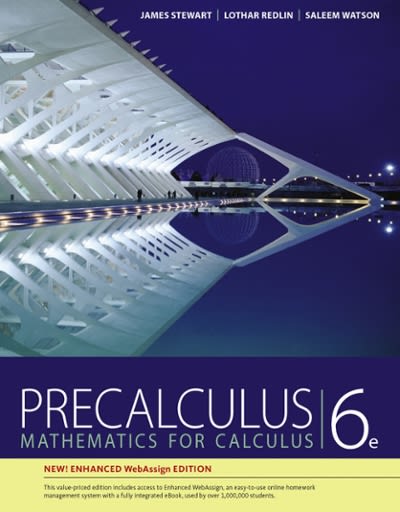Question
Teen Court is a juvenile diversion program designed to circumvent the formal processing of first-time juvenile offenders within the juvenile justice system. An article reported
Teen Court is a juvenile diversion program designed to circumvent the formal processing of first-time juvenile offenders within the juvenile justice system. An article reported on a study in which offenders were randomly assigned either to Teen Court or to the traditional Department of Juvenile Services method of processing. Of the 57 Teen Court individuals, 18 subsequently recidivated during the 18-month follow-up period, whereas 14 of the 54 Department of Juvenile Services individuals did so. Does the data suggest that the true proportion of Teen Court individuals who recidivate during the specified follow-up period differs from the proportion of Department of Juvenile Services individuals who do so? Test the relevant hypotheses using a significance level of 0.10. (Use p1 for the true proportion of Teen Court individuals who recidivate during the follow up period and p2 for the true proportion of individuals from the traditional Department of Juvenile Services who recidivate during the follow up period.)
Calculate the test statistic and P-value. (Round your test statistic to two decimal places and your P-value to four decimal places.
Z=
P value=
Step by Step Solution
There are 3 Steps involved in it
Step: 1

Get Instant Access to Expert-Tailored Solutions
See step-by-step solutions with expert insights and AI powered tools for academic success
Step: 2

Step: 3

Ace Your Homework with AI
Get the answers you need in no time with our AI-driven, step-by-step assistance
Get Started


